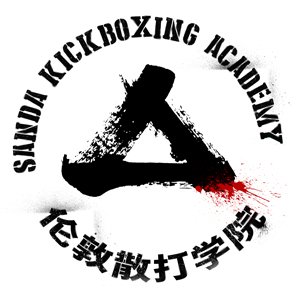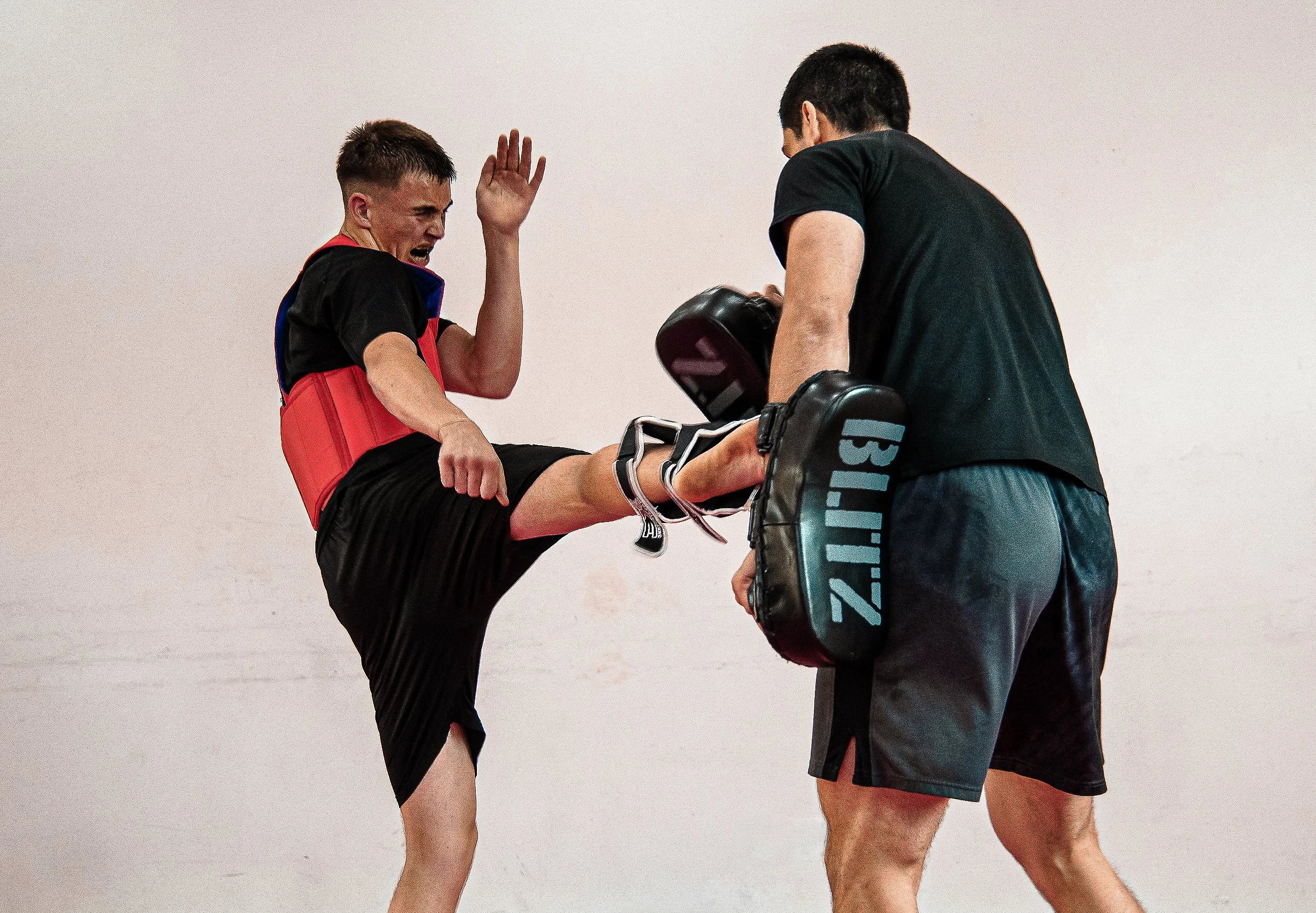Hard vs technical sparring
What is sparring?
Sparring is like a practice match in martial arts. You use the skills you've learned in class against a resisting training partner. It's a great way for martial artists to get better at using their skills in a more real-world setting. However, it's important to know that sparring isn't the same as a real fight, and it shouldn't be as intense. It's more of a way to prepare for a real fight or test your skills under some pressure. For many everyday martial artists who don't compete, sparring is the main way they learn to use their skills in a realistic way.
What is hard sparring and when should you practice it?
Hard sparring is like turning up the intensity in a sparring session. It means both participants wear full protective gear and go at it with about 70 to 90 percent of their maximum power. But, here's the catch – with the higher intensity of hard sparring, the risk of injury shoots up significantly. At Sanda Kickboxing Academy, we have a specific approach to hard sparring. We believe it should be reserved for those getting ready to compete and used as they get closer to their fight date. This aligns with the concept of "tapering," where training intensity simulates a real fight, but the volume decreases so the body can recover and adapt before the actual bout, ensuring fighters step into the ring fresh.
Now, hard sparring can be a bit of a hot-button topic in the martial arts world. Some argue that if you don't practice in a "realistic" way, your skills won't translate effectively in a real fight. There are schools that solely focus on hard sparring, and they have indeed produced skilled fighters. So, this approach can work. However, we, at Sanda Kickboxing Academy, have a different perspective for several reasons:
It's Not for Everyone: Hard sparring attracts a particular type of person – someone who's either eager to compete or naturally more aggressive. These qualities are undoubtedly beneficial for fighters. However, not every fighter fits this mold. Some may appear timid, but that doesn't mean they can't excel in martial arts. There's more than one way to be a successful fighter.
Safety Comes First: While hard sparring may work for some, we prioritize safety. The increased risk of injuries during hard sparring can be a significant setback. We aim to train our fighters in a way that minimizes injuries while still allowing them to develop the skills they need.
Adaptation and Learning: We believe that training with a variety of intensity levels and sparring partners can provide a more well-rounded learning experience. It allows fighters to adapt to different styles and situations, ultimately making them more versatile and effective in the ring.
Hard sparring can be effective, but it's not the only path to success in martial arts. We embrace a diverse and safety-first approach to training, ensuring that all individuals, regardless of their natural tendencies, can grow as martial artists while minimizing the risk of injury.
What is technical sparring and when should you practice it?
We believe that for the majority of martial artists, technical sparring should be the focus, constituting about 99 percent of their training. Technical sparring is a method where practitioners can put their skills into action in a controlled, safe, and gradual manner. It serves as a crucial avenue for individuals to refine their abilities while forming good habits and, equally importantly, avoiding the development of bad ones. As the saying goes, "you become what you practice," so engaging in technical sparring from the start is essential to prevent the formation of detrimental habits, such as flinching or turning away during sparring.
In essence, technical sparring is about building a strong foundation and honing your skills in a smart and sustainable way, setting the stage for progress and success in martial arts.
However, it's important to acknowledge that technical sparring has its limitations. Practitioners can sometimes become overly fixated on techniques that work well in a technical spar, mistakenly assuming that they will be equally effective in a real combat situation. This can lead to a false sense of security in their fighting abilities. To steer clear of this misconception, practitioners must master the art of training with the intent of combat, even if the intensity remains controlled. Just because a strike didn't cause discomfort in a technical spar doesn't guarantee the same outcome in an actual fight. Thus, the need for critical thinking and continuous skill development takes precedence. In essence, it's crucial to strike a balance between the controlled environment of technical sparring and the real-world demands of combat, fostering a comprehensive approach to martial arts training that encourages adaptability and sound judgment.
conclusion
Sparring plays a pivotal role in the journey of martial artists, offering a dynamic space to hone their skills and test their abilities. While hard sparring has its merits, especially for those on the competitive path, it's crucial to recognize that not all fighters are cut from the same cloth. Our approach at Sanda Kickboxing Academy prioritizes safety and adaptability, seeking to provide a well-rounded training experience for individuals of varying dispositions and aspirations.
Technical sparring, which forms the core of our training philosophy, allows martial artists to build a solid foundation, develop good habits, and progressively refine their skills. However, it's equally important to remember that technical sparring, while essential, should not lead to overconfidence in real combat scenarios. Every practitioner must cultivate the mindset of combat readiness, even when training with controlled intensity.
In essence, the path to martial arts excellence is multifaceted, and a balanced approach that encompasses both technical and hard sparring can best prepare fighters for the diverse challenges they may encounter. Regardless of their chosen path, our goal at Sanda Kickboxing Academy remains constant – to nurture the growth of martial artists in a safe and effective manner, allowing them to thrive in their chosen discipline while minimizing unnecessary risks.





